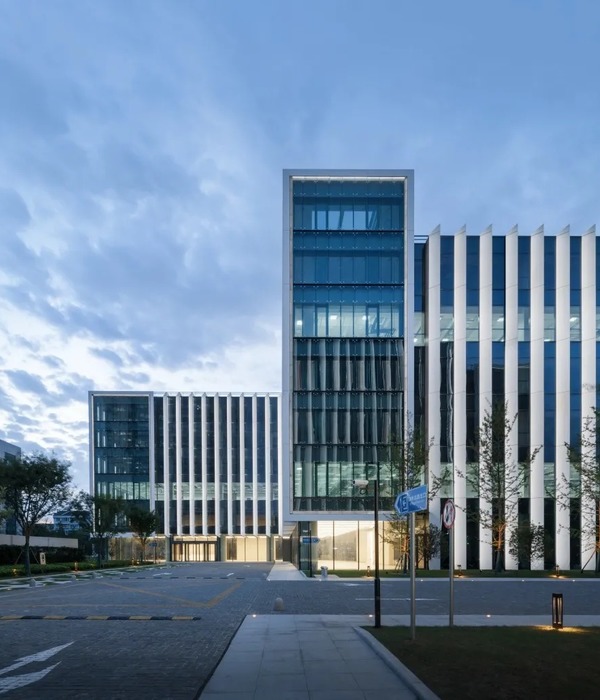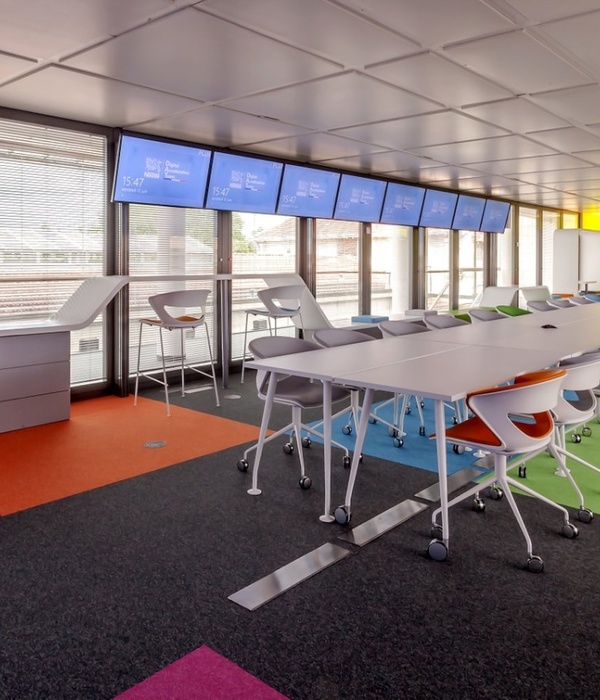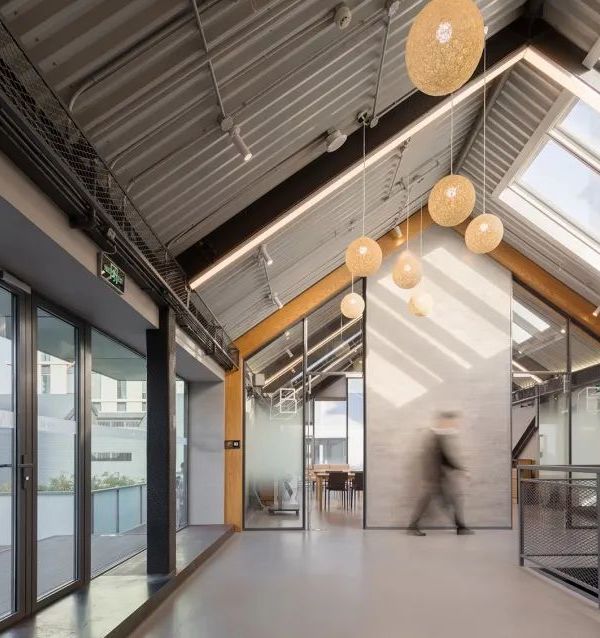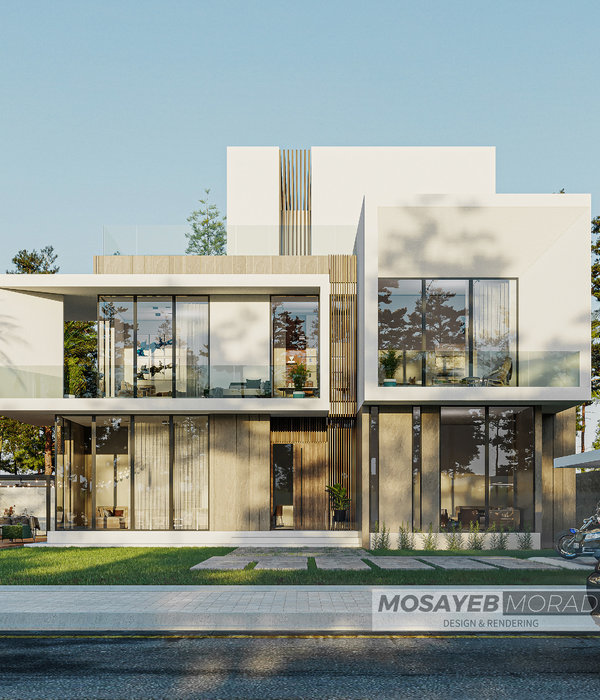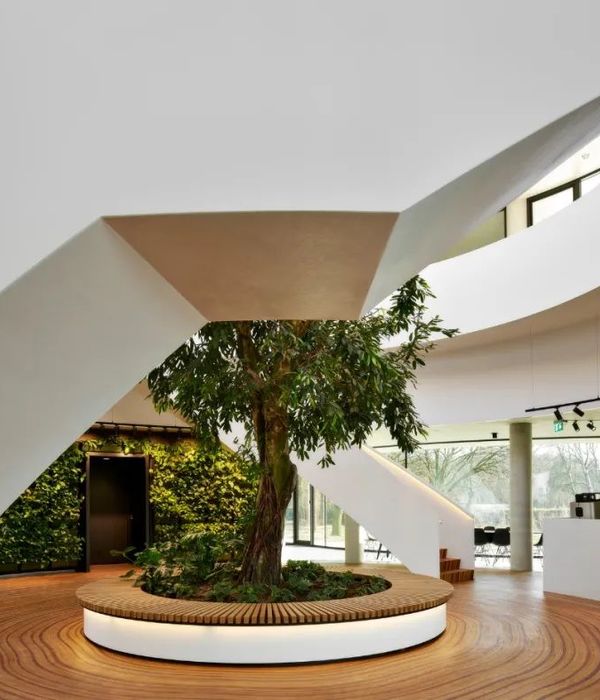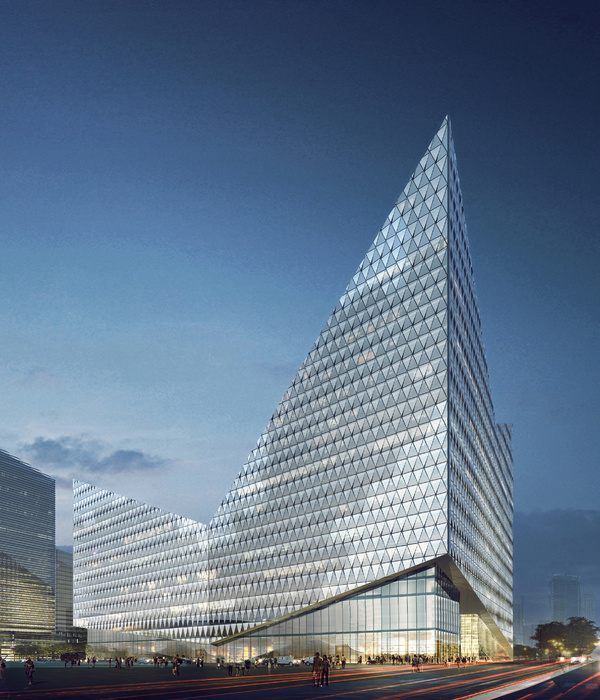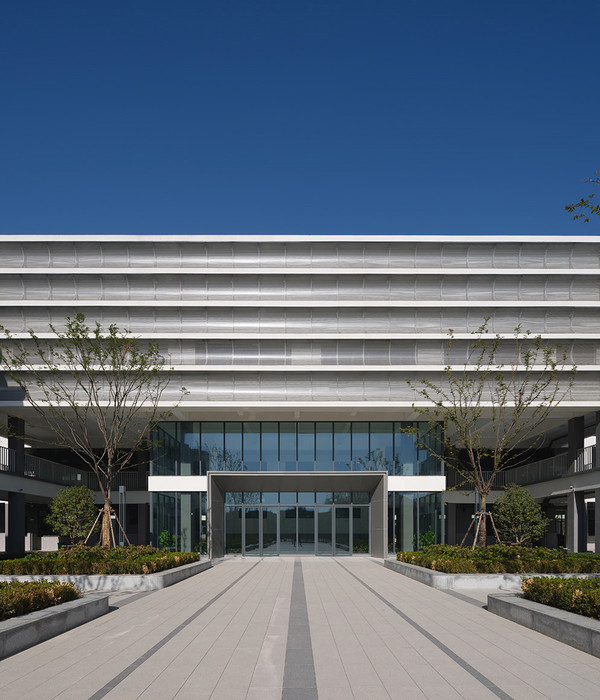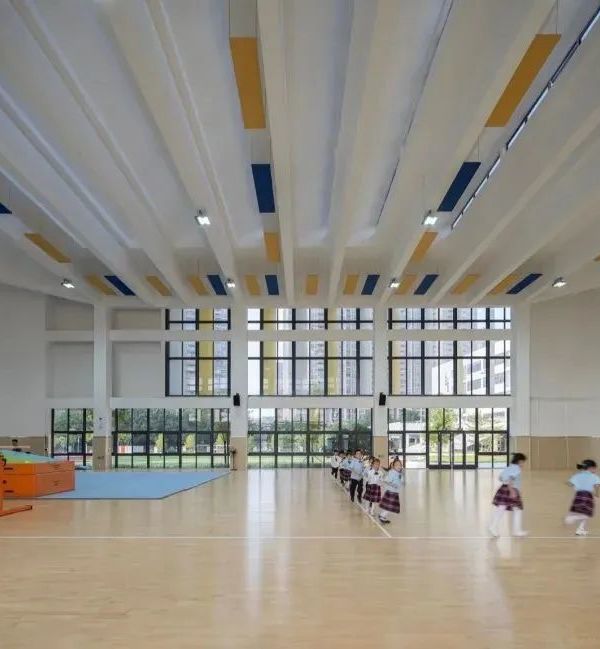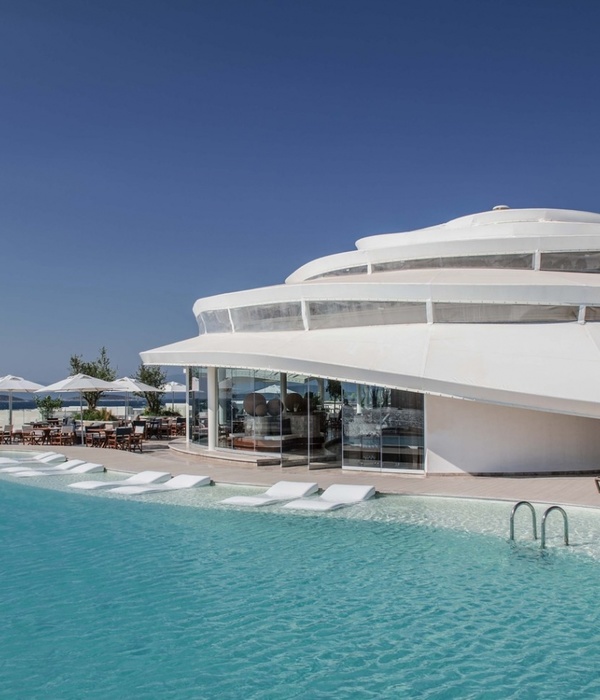哈德多庭院 | 邓肯·布莱克莫尔海岸白色现代生活建筑风格
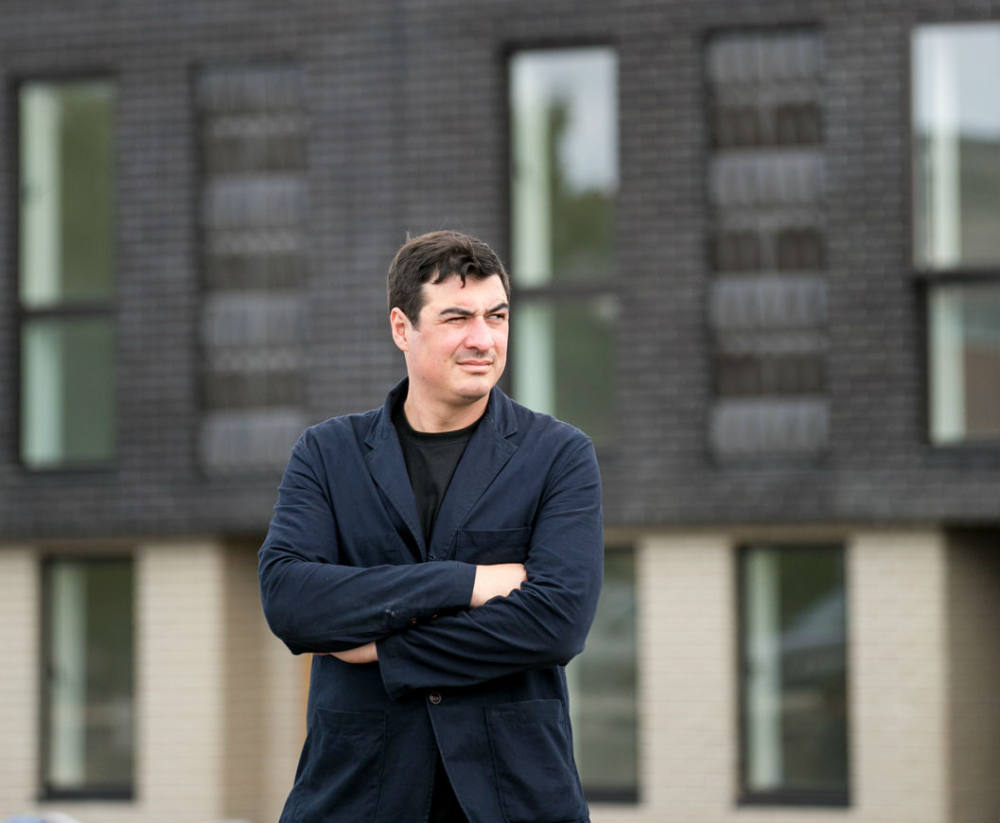
Duncan Blackmore outside Haddo Yard in Whitstable
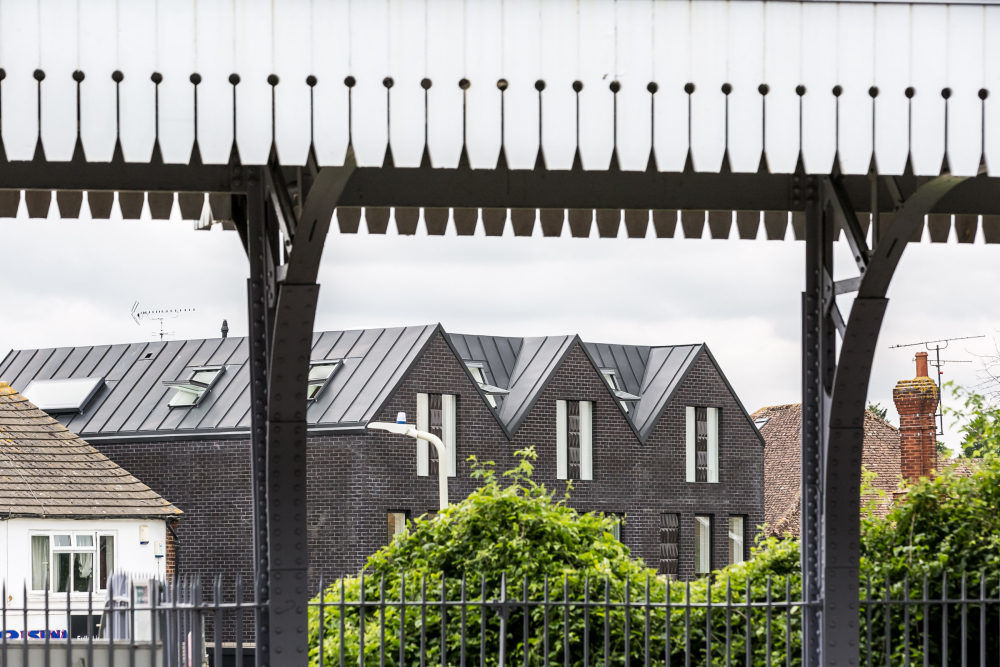
Haddo Yard as seen from Whitstable station
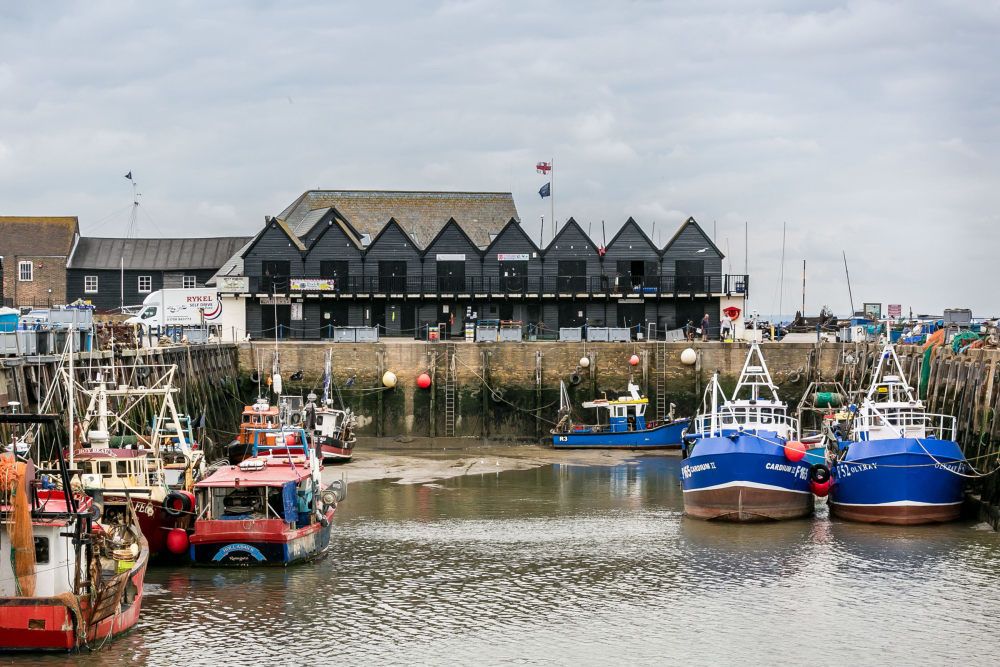
Whitstable Harbour and the distinctiveness of local architecture informed the designs for Haddo Yard
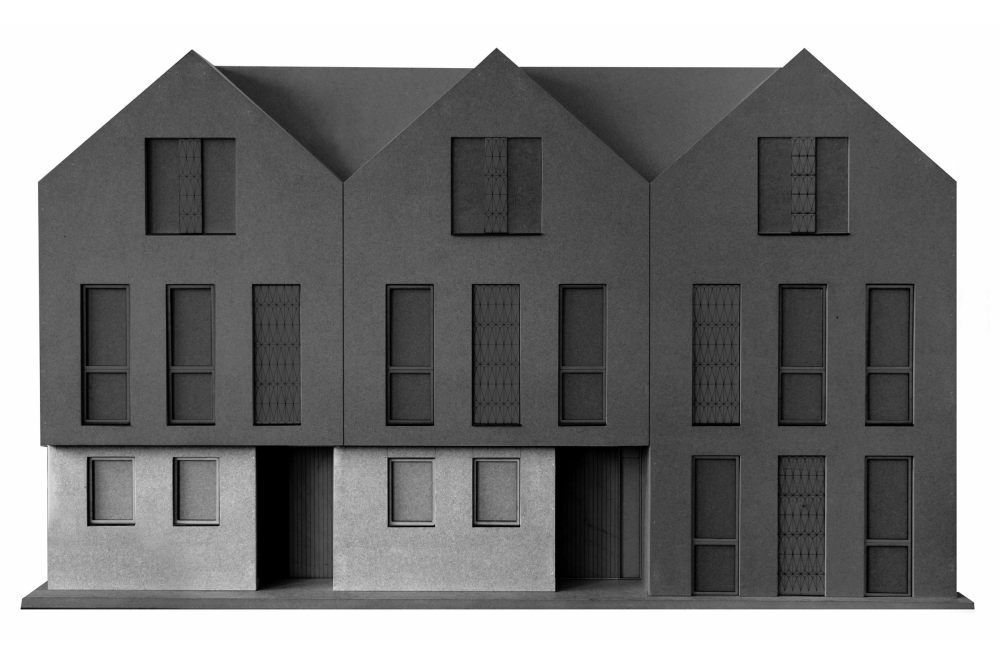
A model of Haddo Yard
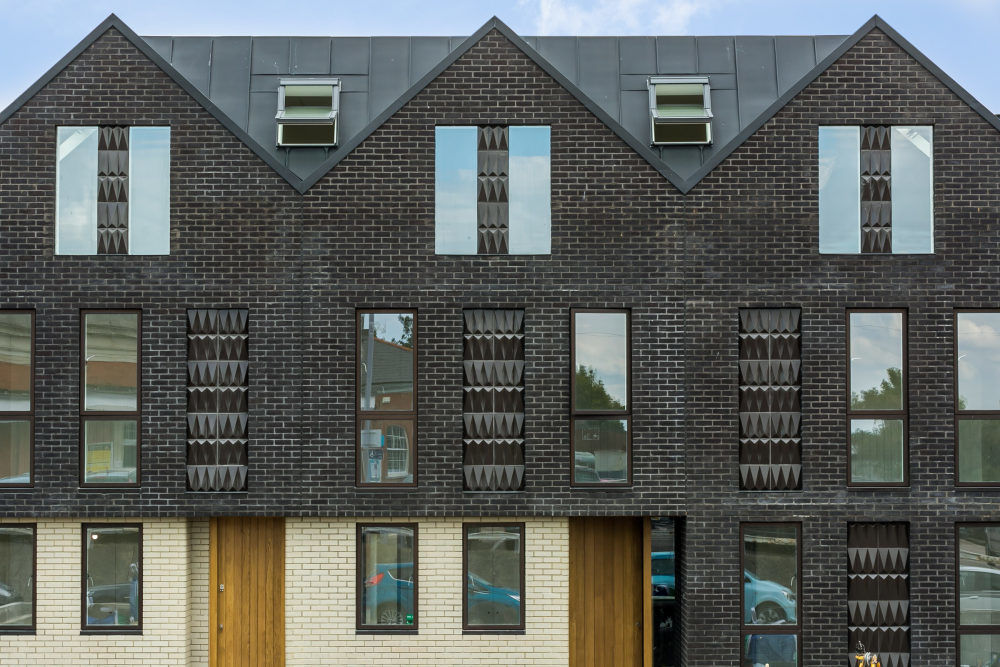

Geometric glazed terracotta tiles by Darwen Terracotta adorn the facade of the apartments
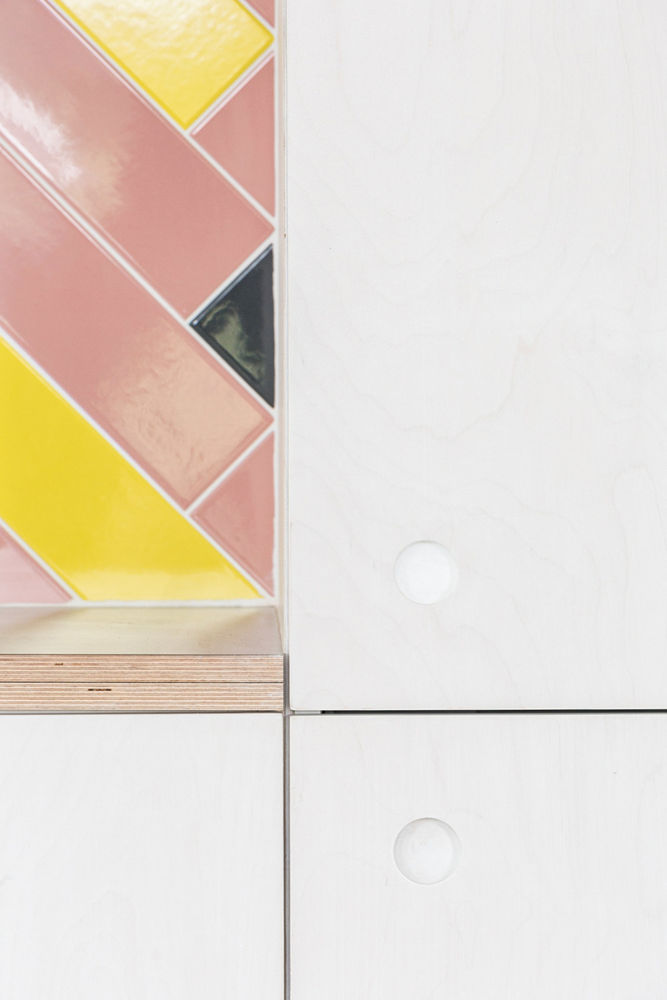
Interior tiling and ply kitchen detail
“Haddo Yard is our latest project and is close to the site of one of the world’s first railway bridges – part of the Crab and Winkle line which took passengers from Canterbury to Whitstable from 1830. It is also immediately opposite Whitstable station and one of the first things that many visitors will see on arrival. This was the starting point for thinking about the opportunity the site provided for communicating the town’s unique identity.
“Modern development in Whitstable tends to be led by a commercial pressure to make everything generically coastal – white weatherboards and executive holiday homes – but the town is an architecturally rich and jumbled place. This idiosyncrasy hasn’t been supported by new development but we felt, on this site particularly, that it was important to create something that reflected and reinforced local distinctiveness; something that was deeply contextual.
“When we appointed Denizen Works as architects, we wanted to explore the relationship the site had with the town, the station and the adjacent buildings and public space. Cues are taken from all of these, but addressing the station opposite became important and provoked a decorative aspiration and an idea about civic presence that inspired the faience tiles.
“The glazed terracotta tiles on the façade were handmade for us by Darwen Terracotta in Lancashire. They also made the tiles for Grayson Perry and FAT’s House for Essex. The geometric design reflects the black gabled roof form and the deep relief catches the changing light throughout the day. Thinking about character led to very early conversations about what a building there might be called.
“W. Somerset Maugham grew up in Whitstable and Oliver Haddo is a character in his novel, ‘
. Haddo is very closely based on Aleister Crowley – poet, novelist, expressionist painter, occultist, ceremonial magician, prophet of his own Thelemic religion, mountaineer and all-round libertine practitioner of dark arts.
Conversations about the evolving design of the building always started with Haddo, lending coherence to ideas about materials, symbolism and atmosphere. When considered alongside ideas about the civic face, they also lent coherence to ideas about revelation and hierarchy. The result is a building that doesn’t just
character; perhaps it
a character. It’s unusual to have a relationship with an architect that produces something like that, it’s a special building.
“I moved to Whitstable 10 years ago and I have a strong desire to make good architecture there. I want to create something that builds upon the town’s varied architectural heritage and reflects the unique spirit of the place. As a developer, I feel like I have a responsibility to honour the places that I work in. The town has an incredibly convivial character and a really amazing, independent spirit – Haddo Yard is part of a conscious body of work about the town.
“My first career was in the art world but I grew frustrated at how intangible and subjective the value of the product was and how it often benefited very few. When I discovered development, originally as a self-builder, I realised that it could be idea driven and creatively rewarding. Conceiving of and physically building new parts of the environment is a thrilling responsibility.
“Housing is a hugely important issue and there are many ways we could all be doing it better at all scales – from self-building to strategic master-planning and new towns. As an enlightened developer operating at a relatively modest scale, Arrant Land is surprisingly unusual in recognising that finding the best solution for a particular site means engaging with good architects. Whats less surprising is that the result is better architecture and a more stimulating process.
“We worked with 31/44 Architects on Red House in East Dulwich and with Denizen Works at Haddo Yard; we encouraged and supported both in making choices that are more imaginative and laboured over than most developers would be comfortable with. There are also more of the things we all surely want – lots of light, well-proportioned spaces, honest materials to touch and things to use. Haddo Yard includes many choices that are more involved and expensive than a developer might typically choose… plywood kitchens, timber panelling, robust flooring, bronze anodized windows… but those things matter.
“The Modern House recently sold Red House for us. We put a lot of thought and care into our work and need an agent that is able to articulate that level of attention to detail. It’s rare to find a partner that has the sophistication to appreciate what you’ve done and communicate it fully. To me that’s important – we have a shared appreciation for the value of good design.
Interested in the area? Find out more:



